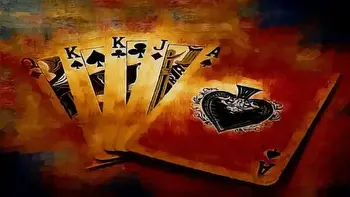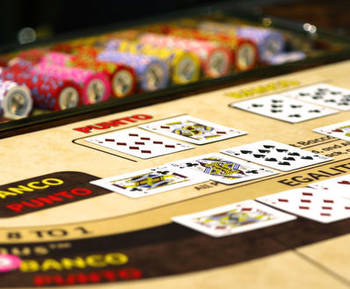Volatility Is Now The Key Phrase for Casino Software Developers

It probably doesn’t get reported on too much in the mainstream media, but terms like variance and volatility often crop up as topics for discussion with the casino industry. Indeed, if you check out the ecosystem-like forums that casino players have set up on sites like YouTube and Twitch, those terms get talked about very frequently. And, if you work in the multi-billion-dollar iGaming industry, they have become very important.
First of all, an explainer as to what we mean by voltality, which is sometimes referred to as variance. If you look at the different types of online slots from @casinocom, for instance, you can see in the rules pages that the amount paid back over time – a figure known as RTP – is quite similar. Normally a slot game pays back around 96% to players, with the casino keeping the remainder. Some games might be lower, say 94%, and others higher, say 97%, but it’s all in the same ballpark. Moreover, these figures are worked out over millions of spins, so nobody could really tell the difference.
However, volatility decides when and how a game pays back that RTP figure. A low volatility game, such as NetEnt’s hugely popular Starburst, pays small amounts and quite frequently. A high volatility game, like Lil’ Devil from Big Time Gaming, pays large amounts (potentially) but much less frequently. Both games eventually pay the same amount back, but the way they payout is markedly different.
Rush to create high variance games
The reason why we state that this is important is that the volatile games, such as Lil’ Devil, have become more and more popular in the last couple of years. And, as such, there has been a concentrated effort from software developers to bring new games with high volatility to the market. Popular titles to have arrived in the last couple of years include: Jammin Jars, Razor Shark, Deadwood, Starclusters, Dead or Alive 2, and various games in the Megaways range (we will explain about those a little later).
So, why is there a sudden rush to create volatile games? One theory is that there is now a lot of marketing exposure for casino games on video streaming platforms like YouTube and Twitch. Just as we have social media stars like PewDiePie, there are casino streamers like Classy Beef and The Bandit with massive followings. And, as you might expect, volatile games with “big hits” make for better viewing on those streaming platforms than small wins.
One such staple of those streaming platforms is a new genre of game called “Megaways”. Created by Big Time Gaming in 2017, Megaways is a design concept that ensures thousands of winning combinations are possible with each spin. These games naturally lend themselves to the high volatility gameplay, and have become counted among the most popular online casino games on the planet.
Big Time Gaming leased its technology
Instead of producing all Megaways games by itself, Big Time Gaming decided to license the technology to many of its rivals. As a consequence, we now have around 150 Megaways games on the market, and more seem to be arriving each week. While they share the volatile characteristics, Megaways games can vary dramatically in theme. For instance, Rick and Morty Megaways is based on the popular cartoon show, whereas Starz Megaways is more of a traditional gem-themed slot.
It’s difficult to predict what the endpoint is in the trend for creating volatile games, but it has truly been stark over the last couple of years and, if anything, is gathering pace through 2020. It isn’t easy to get individual game statistics for the industry, but it really looks like the changes are seismic. Does this herald the end of the non-volatile game? Probably not, but players are shooting for the stars, perhaps after being influenced by online streamers.





























